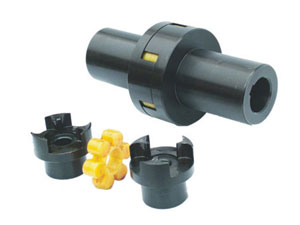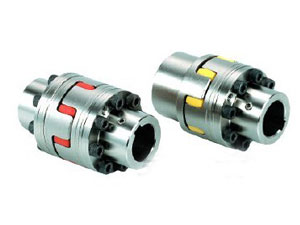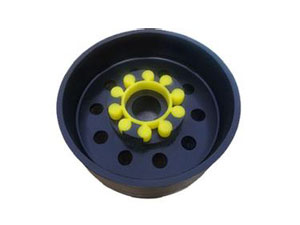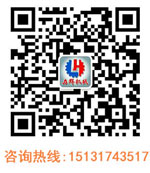The difference between drum gear coupling and straight gear coupling
The difference between drum gear coupling and straight gear coupling
Compared with the straight tooth coupling, the characteristics of the drum gear coupling have the following differences:
1. The drum gear coupling has strong carrying capacity
Under the same outer diameter of the inner gear sleeve and the larger outer diameter of the coupling, the load-bearing capacity of the drum gear coupling can be evenly improved by 15-20% compared with the straight gear coupling;
2. Large angular displacement compensation
When the radial displacement is equal to zero, the allowable angular displacement of the spur gear coupling is 1º; while the allowable angular displacement of the drum gear coupling is 1º; 30”, an increase of 50%, in the same mode Under the condition of number, number of teeth and tooth width, the allowable angular displacement of the drum-shaped gear is larger than that of the straight tooth.
3. The drum-shaped tooth surface improves the touch conditions of the inner and outer teeth
It avoids the disadvantages of squeezing the edge of the straight tooth and stress concentration under the condition of angular displacement. At the same time, it improves the friction and wear of the tooth surface, reduces the noise, and has a long maintenance cycle.
4. The tooth end of the outer gear sleeve is in the shape of a horn, which makes the assembly and disassembly of the inner and outer gears very convenient
5. The transmission power is as high as 99.7%
Drum gear couplings replace straight gear couplings. The specifications of the drum-shaped gear coupling produced by UMA meet the corresponding specifications.Drum-shaped gear couplings are rigid, flexible, and inelastic, so they are not suitable for machinery that requires damping, buffering, and two-axis alignment.




